|
Over three thousand years ago, before iron had been tamed, before Rome had risen, before the ashes from which Classical Greece would emerge had even been scattered, the world was forged in bronze. It was an age when Great Kings ruled, when vast armies clashed for glory, riches and the favour of their strange gods. In the south there was Egypt; in the east, Assyria; in the west, Ahhiyawa (Homer’s Greece); and in the north... the Hittites. The Hittites held sway for nearly five hundred years, spanning roughly 1650 BC - 1200 BC, ruling from the high, rugged plateau at the heart of modern-day Turkey, commanding a ring of vassal states (most notably Troy) and boasting a dauntless army that struck fear into the hearts of their rivals. This article dives into the dark and mysterious world of the Hittite Army... The LabarnaThe Hittite King, also known as The Sun or Labarna, was venerated as the deputy of the Storm God, Tarhunda and the Sun Goddess, Arinnitti. Much of his time was spent in his secondary role as High Priest of the realm, attending the many religious festivals all across the Hittite realm, draped in blue robes. But he also served as commander-in-chief of the Hittite army, and in this guise he would wear bronze and leather. The Royal Guard The King enjoyed the protection of two elite units: The Mesedi were his bodyguards. A detachment of them would be ever-present at home or abroad, on the march, in battle, in camp (and maybe even in the latrine - who knows?) They would have been a small unit - perhaps a few hundred strong. Their leader, the Gal Mesedi, not only commanded these soldiers, but also served as a deputy to the king - organising affairs of state security and such matters. Most often, the Gal Mesedi was a trusted relative of the king. The Golden Spearmen - named after their gilt lances - were a small (maybe as few as fifty) guard unit tasked with watching over the acropolis of Hattusa. When the king went on campaign, the Golden Spearmen would remain in the city. The ArmyAt their peak, the Hittites could muster around 20,000 soldiers from their barracks, cities and farms. Based on this figure, and the evidence that they seemed to have four senior generals, I suspect that they would have organised these men into four infantry 'divisions'. There would also have been a chariot wing - the equivalent of a Bronze Age tank division! - and the aforementioned royal guard units. The Infantry DivisionsThe king would choose his divisional generals carefully, usually selecting those he trusted implicitly and often they were blood-relatives. King Muwatalli II (Muwa) clearly rated his younger brother, Prince Hattusili (Hattu). By the time of Dawn of War Hattu had been a leading figure in military campaigns since his mid-teens. Each division of footsoldiers would have been sub-divided into smaller units, probably 1,000-strong regiments. A standing regiment would remain in active service at all times, while the rest would tend to their crops and herds as needed. Each regiment would be further sub-divided into 100-strong companies. The soldiers tended to be archers or spearmen. The spearmen were the spine of the army though. Each was armed with a short, curved sword, a spear, a wood and leather shield and a battle-axe. Whether they wore armour or not, we cannot be sure. They would certainly have worn bronze or leather helmets, and padded tunics/robes, possibly with baked leather armour vests. The more senior soldiers and commanders might have worn bronze scale - although some sources claim the mark of an officer was to go bare chested! And all soldiers would have worn leather boots, upturned at the toes in true Hittite style. Archers would have been dressed much like their spearmen comrades, but probably with minimal or no armour and likely without a shield too. They employed composite bows made of laminated ash, birch or cherry, with ibex horn glued to the inside of the bow. Whether spearman or archer, a soldier could fall into one of three classes:
While the Hittite army was mostly composed of native Hittites (although they were not a genetically 'pure' people by any means), they often recruited from foreign climes. Kaskans from the northern mountains, Westerners, Assyrians, captured Egyptians even - were all at times formed into fresh companies and treated as an equal part of the army. They were barracked together and even allowed to retain their dress, weapons and customs, so long as they obeyed their Hittite commanders. This must have been a delicate matter to handle, but they did it with aplomb, it seems. Indeed, the esprit de corps in the Hittite army as a whole seems to have been first class. In excavated tablets, we read of their enlistment ritual, where they are forced to choose between a frock and a mirror, or a sword; or of their oath of the army, where each man holds their fat-smeared hand over a fire until the fat runs off to show their strength and willingness to endure pain for one another. The (lack of) CavalryEasy one this - there were no cavalry. Well, not in the way we would think of cavalry now (i.e. armed men fighting on horseback). Horses of the Bronze Age were smaller and had not yet been bred to produce the likes of medieval destriers or modern racehorses. They could not be expected to walk with armoured soldiers on their backs for any great distance, let alone charge with such a burden during battle. Horses were ridden, but only by light scouts or messengers. In the main, they were employed in chariotry... The ChariotsThe chariots were the elite wing of the Hittite army - each 'war car' a trophy of skill and craftsmanship. The construction of each chariot required expertise in metallurgy (bronze bits for the horses, copper nails to keep the 'tyres' on the wheels), woodworking, tanning and leatherwork, glue-production, boneworking and more. Crewed by a warrior and driver (until the Battle of Kadesh, when things changed) and pulled by two steeds, these thundering war-cars were blunt and brutal. A shock weapon if ever there was one. While the Egyptian chariots were all about speed and spryness, the Hittite chariots were about brute force - for carving into enemy infantry ranks like a scalpel. Tablets record a Hurrian by the name of Kikkuli living with the Hittites and schooling them in the art of chariotry and horse breeding. Indeed, it seems he even went swimming with the herds and experimented with grinding salt into their fodder in order to trigger growth hormones (and thus bigger horses).
The NavyThe Hittites were not a seafaring people, mainly due to their heartlands being landlocked and the rivers of that regions being shallow and unsuitable even for serious river boating. But as they spread as a power and claimed coastal territories, it became vital to establish some sort of naval presence. It seems they did so by way of making alliances with and vassals of kingdoms which already possessed a fleet. One such kingdom was Ugarit (on the coast of modern Syria). The wealth of Ugarit was based on trade - their capital city being something of an international market hub - and so they maintained a strong flotilla of transport and war ships. Through Ugarit and other such arrangements, the Hittites could control the seas as they did the land. So there's an overview of the Hittite Army. Hope you enjoyed the read. Any questions? Leave a comment below or get in touch - I'd be delighted to hear from you.
3 Comments
In the second half of the Late Bronze Age, four great powers dominated the international scene: The Hittites, the Egyptians, The Assyrians and the Ahhiyawans (Homer’s Greeks). Of these four, the Hittites and the Egyptians were the strongest. The Hittite armies were famed for their ferocity and skill, while the Egyptian 'New Kingdom' was expansionist, ambitious and fervently patriotic. The territories of these two superpowers abutted in a region known as 'Retenu' (roughly modern Syria & Lebanon). Retenu was effectively a patchwork of vassal kingdoms, answering to either the Hittite King (known as the Labarna) or the Egyptian Pharaoh. Vitally, Retenu was also arterial to the Bronze Age tin trade... A perfect tinderbox for war, eh? Tensions mount...Circa 1294 BC, The newly-crowned Pharaoh Seti I is charged with ambition. He is desperate to attain military glory like his distant predecessor, Tuthmosis III. When he proclaims that all Retenu will fall to Egypt, his armies - vast and primed for conquest - explode with cries of hubris, rattling their spears and swords against their shields, In contrast, the Hittite King Muwatalli II (Muwa for brevity) and his second-in-command and best general, Prince Hattusilis (Hattu), are simply not ready for war. Their hands are already full with the business of governing the Hittite heartlands. There is the neverending pressure from the rebellious Kaskans who dwell in the mountains north of their capital, Hattusa. Added to that, a complex and dangerous situation is developing on the western fringes of the empire, where Troy - an age-old and firm ally - is suffering increasingly-regular raids by the Ahhiyawan city states across the Western Sea. So this new and massive threat to Retenu presents a seemingly impossible problem. "Why not send troops to all three locations?", you might say. Well it was an old Hittite Maxim, and one that lives on to this day, that it is folly to fight on more than one front. In any case, sending a strong force to more than one location was not always logistically possible, for the Hittite armies suffered a chronic shortage of manpower and were thinly-stretched at the best of times. When times were good, they could field somewhere in the region of 20,000 soldiers. But in times of strife, or in years of poor harvest when the farmer-soldier class were unable to leave the fields and herds untended, they could not hope to muster such numbers. Unfortunately for Muwa and Hattu, these were times of the latter type... Pharaoh Marches...Seti marches north to make his name. He leads his campaign army through the Egyptian (southern) half of Retenu, crushing rebellious tribes including the Shoshu bedouins. When he strides on across the widely-recognised border between Egyptian and Hittite lands - probably at the River Eleutheros which separates modern Lebanon from Syria - it becomes the Bronze Age's 'Rubicon' moment, the point of no return. He goes on a rampage, seizing Hittite-allied Amurru and the city of Kadesh. War has arrived! Back at the Hittite capital, King Muwa and Prince Hattu receive reports of the invasion with a sense of dread. With the other troubles discussed earlier, they simply cannot afford to send their understrength armies to Retenu in response. But something has to be done, lest the rest of their vassals there fall to Seti like stacked boards, allowing their greatest enemy to draw right up to the edge of the sacred Hittite heartlands. Perhaps Tarhunda the Storm God is watching out for Muwa, Hattu and their people, because deep in Egyptian lands, revolts break out. Seti has no choice but to leave garrisons in newly-won Amurru and Kadesh then turn back to the south with the majority of his forces to deal with these uprisings. But it will not take Seti long to deal with this trouble and once again return his attentions to Retenu. Still, it is a moment of welcome respite for the Hittites. A chance to initiate some sort response... The Hittite ResponseSpoiler note: This section explores my speculative sequence of events from Dawn of War during Pharaoh Seti's brief absence from Retenu. It is during this hiatus that I chose to have Prince Hattu, venture into Retenu. Given the state of the Hittite armies, I don't think he would have led a military response. Instead, I think a mission of diplomacy might have been the only viable action - a journey to rally and reaffirm alliances with the remaining Hittite vassals of the troubled region. Specifically, he would have had good reason to visit Ugarit seeking assurances of continued allegiance. Why Ugarit? Firstly, it lay immediately north of conquered Amurru and would surely be next in line when Pharaoh inevitably resumed his conquests. Secondly, the Hittite alliance with Ugarit was a vital one. The kingdom controlled important routes in the dwindling tin trade. Tin ingots and other goods such as oil, wood, silver, waxes, honey, pottery, precious stones, grain and textiles changed hands in great volumes at this coastal market city. More, the Hittites had no real navy to speak of, and instead relied on Ugarit's fleet to serve as their watchmen of the waves. Simply put, if Ugarit fell into Egyptian hands, it would spell disaster for the Hittites. Dawn of War follows Hattu's adventures in Ugarit and through the rest of Retenu. Throughout it all, he would have been haunted by the size and importance of his task and the limited time window in which he had to achieve it before Pharaoh Seti's return. For when Pharaoh did return, it would meant only one thing... Battle!The Egyptian reliefs at Karnak tell of a clash between an Egyptian army and a patchwork/vassal Hittite army in Retenu which took place shortly after Seti's punitive attacks upon his rebellious client kingdoms in the south. I won't go into too much detail/spoilers here, but here are a few teasers about what happened. "Mighty Bull, ready-horned, mighty-hearted, smiting the Asiatics, beating down the Hitittes, slaying their chiefs, overthrown in their blood, charging among them like a tongue of fire, making them that which is not…" Sounds good? Well, you can live out the adventure in Dawn of War!
Any questions? Leave a comment below or get in touch - I'd be delighted to hear from you. |
AuthorGordon Doherty: writer, history fan, explorer. My Latest BookArchives
March 2023
Categories |
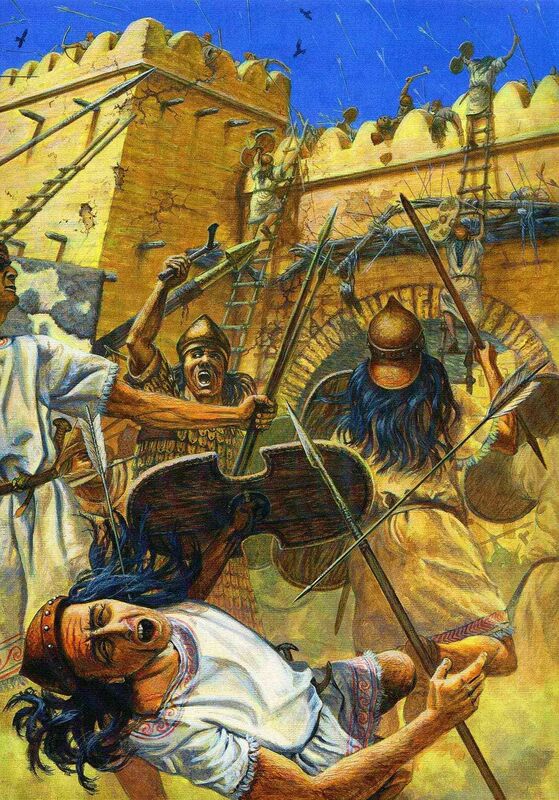

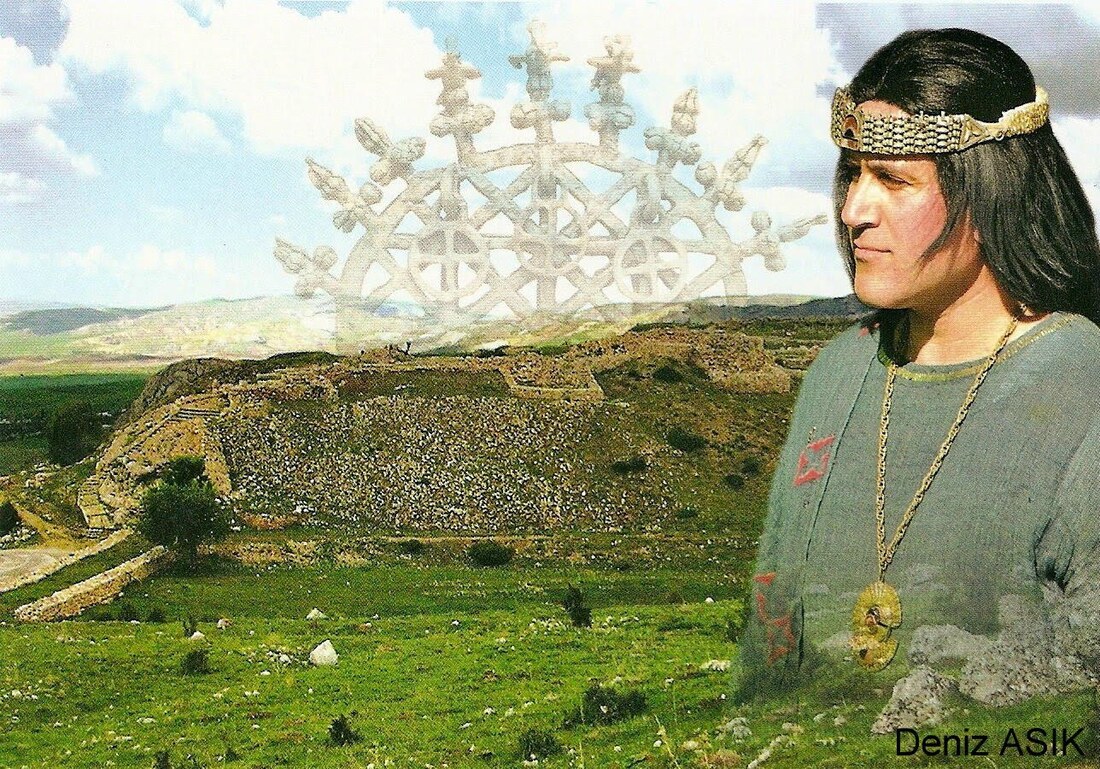
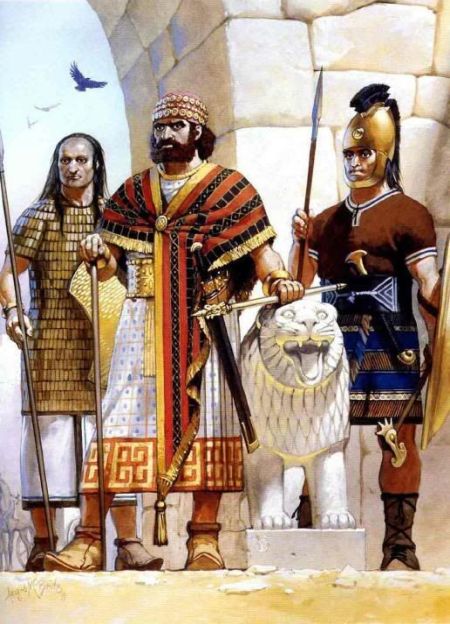
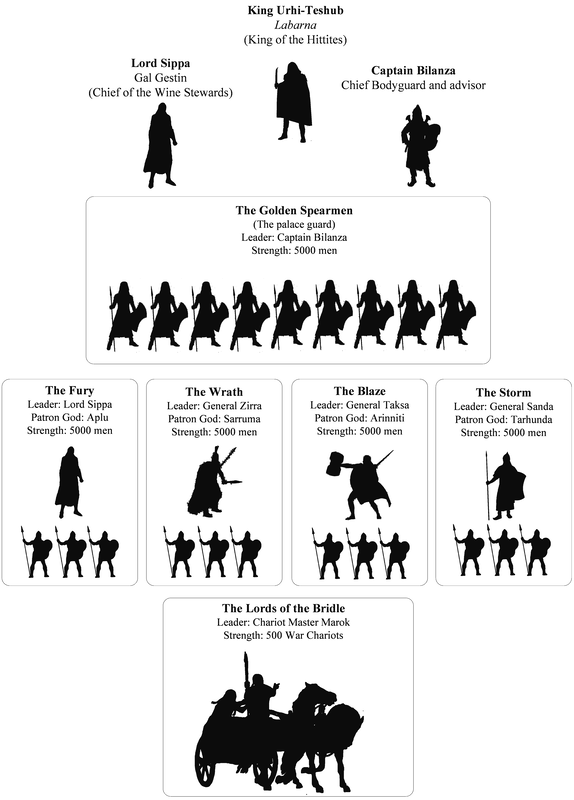
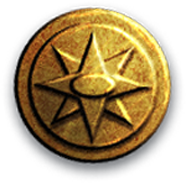
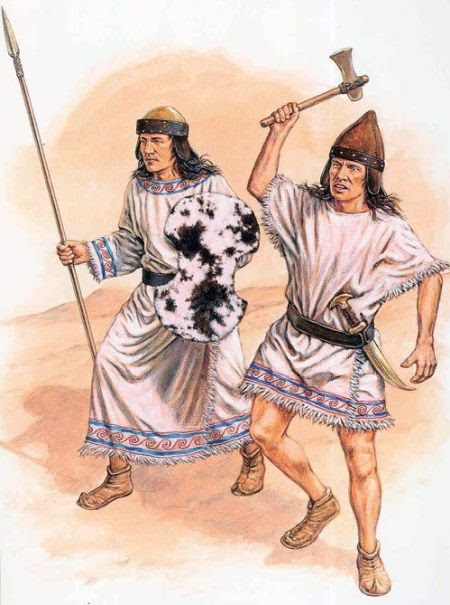
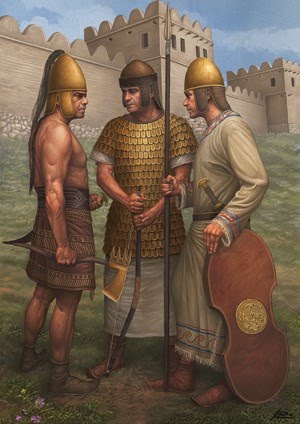
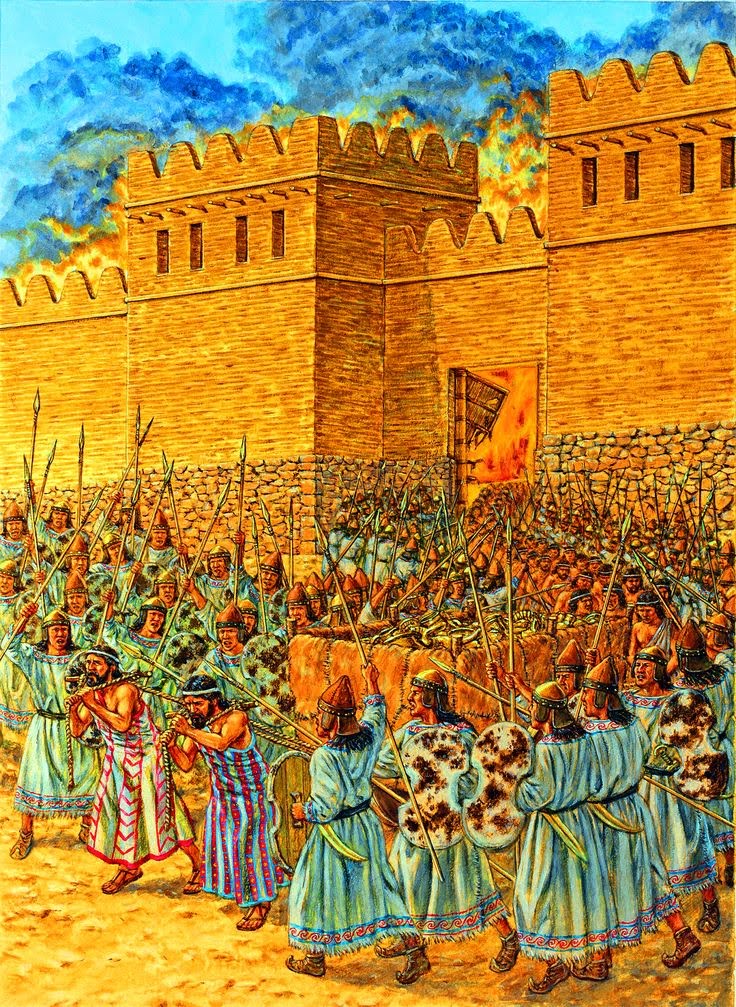


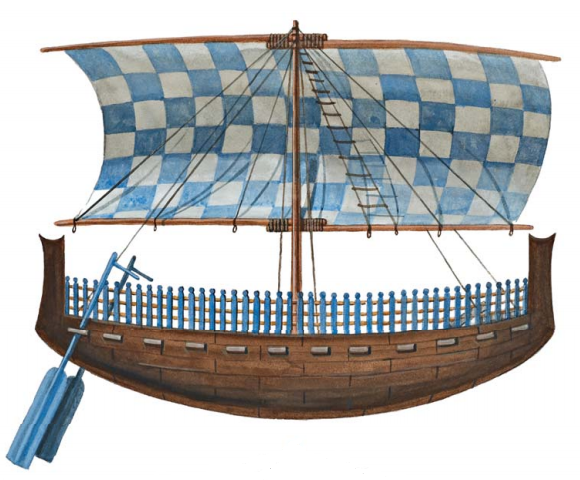
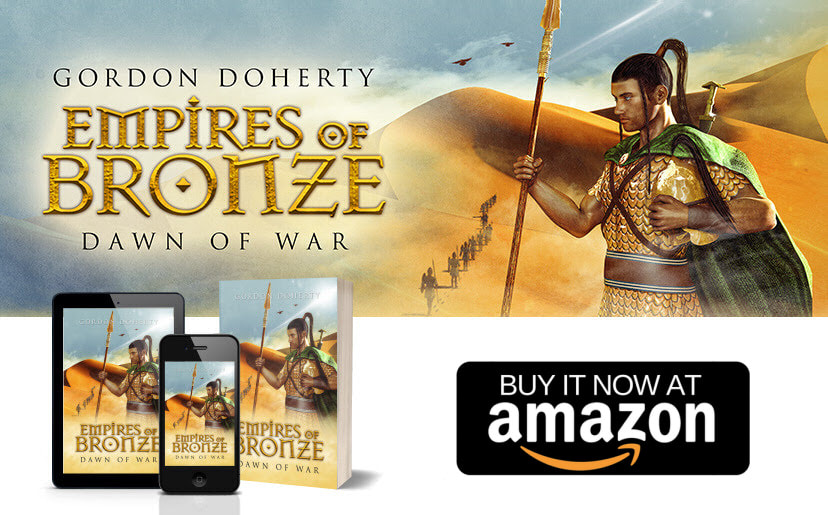
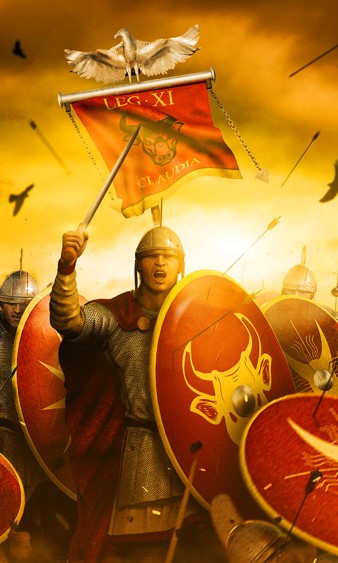
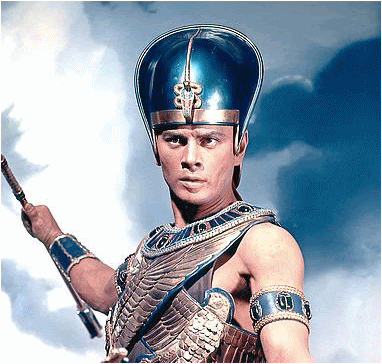
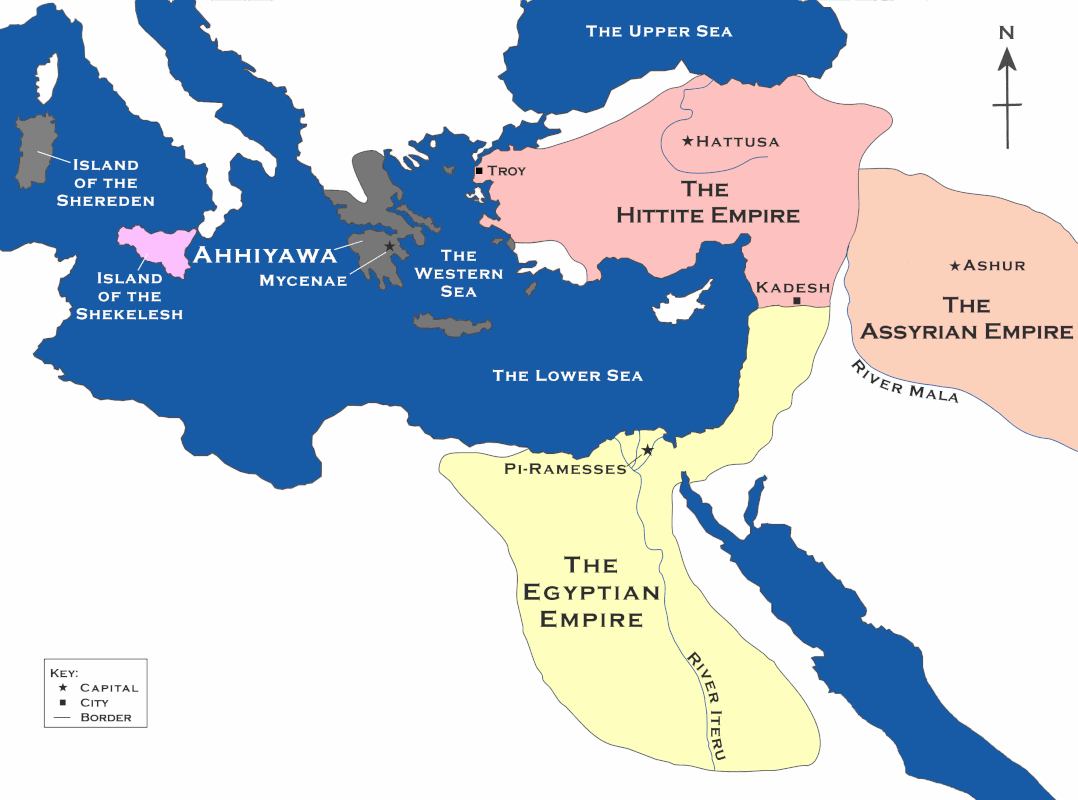
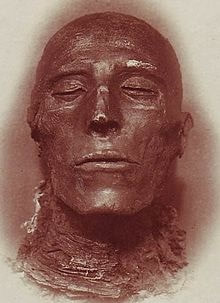
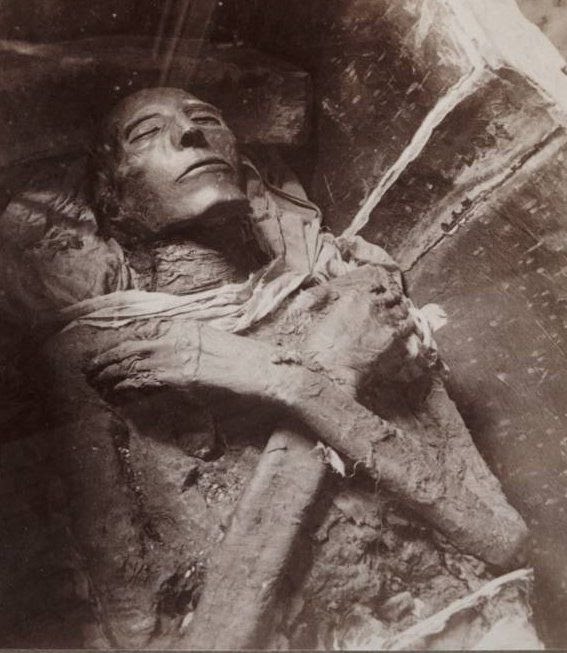
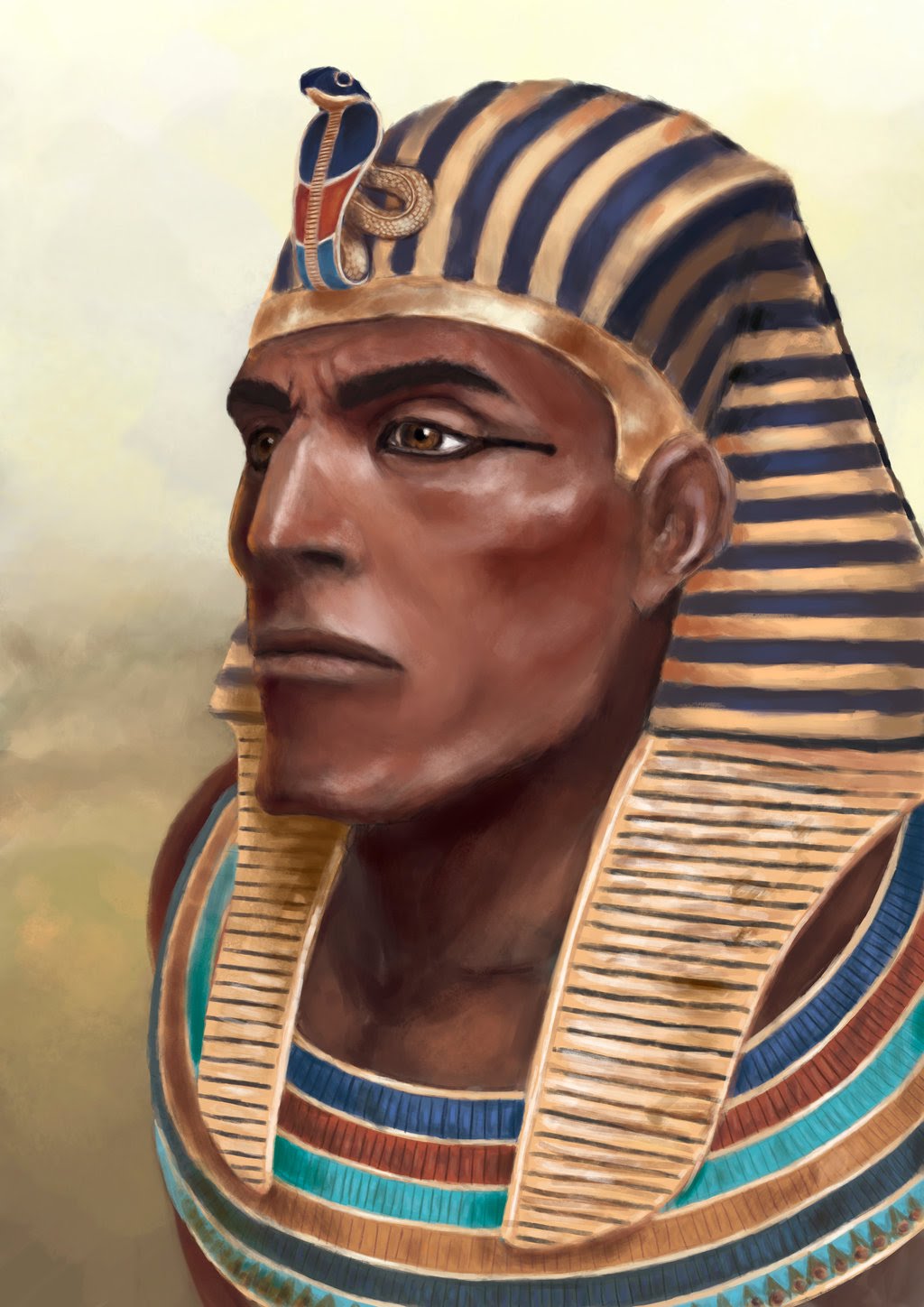
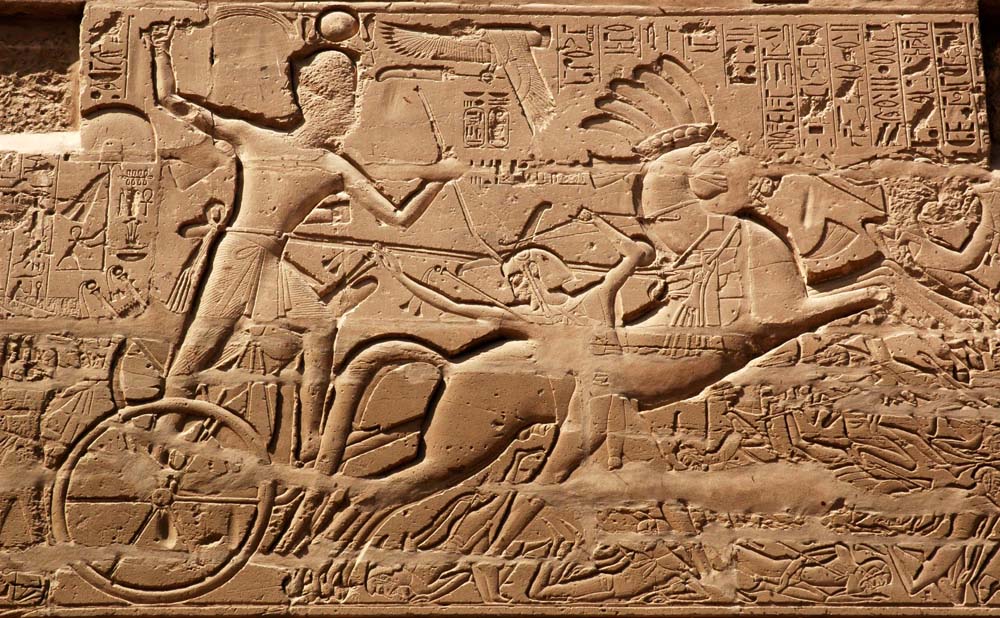
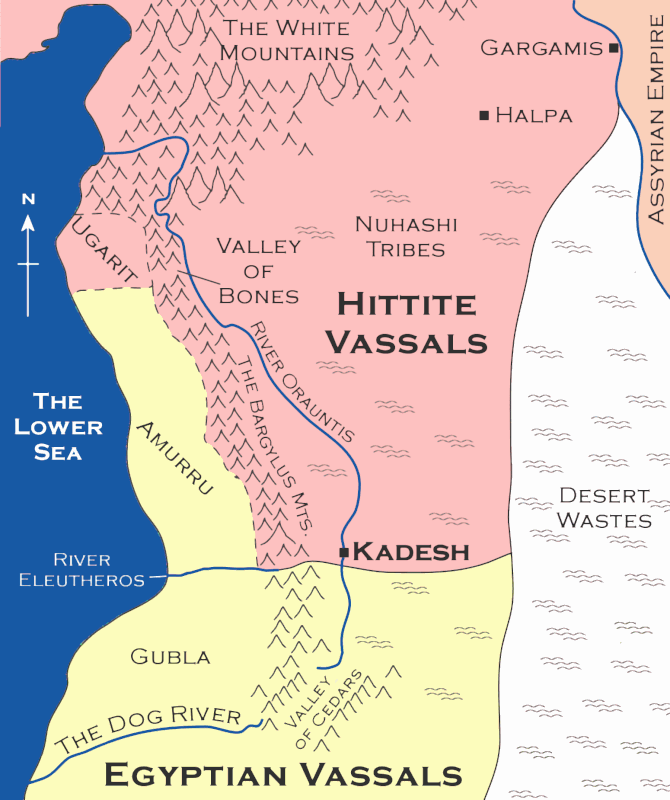
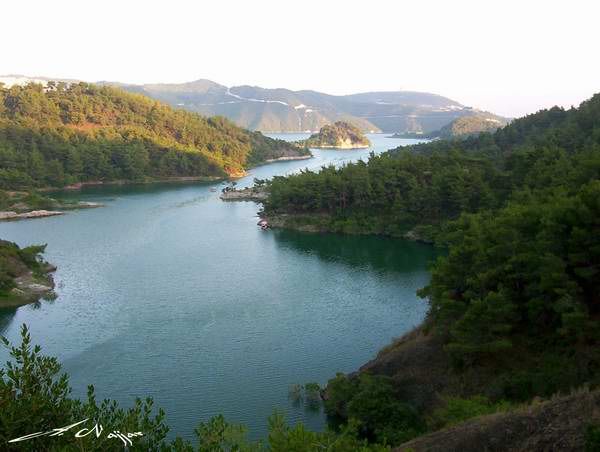
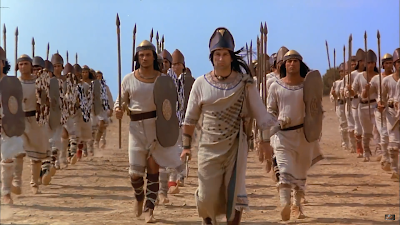
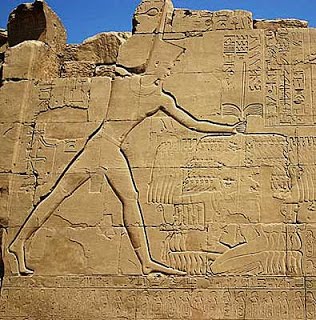
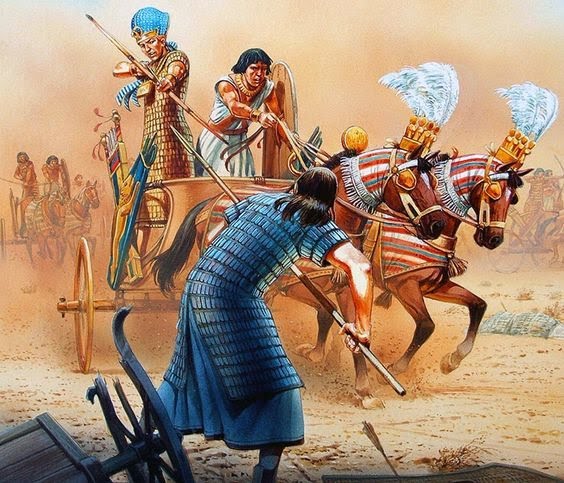

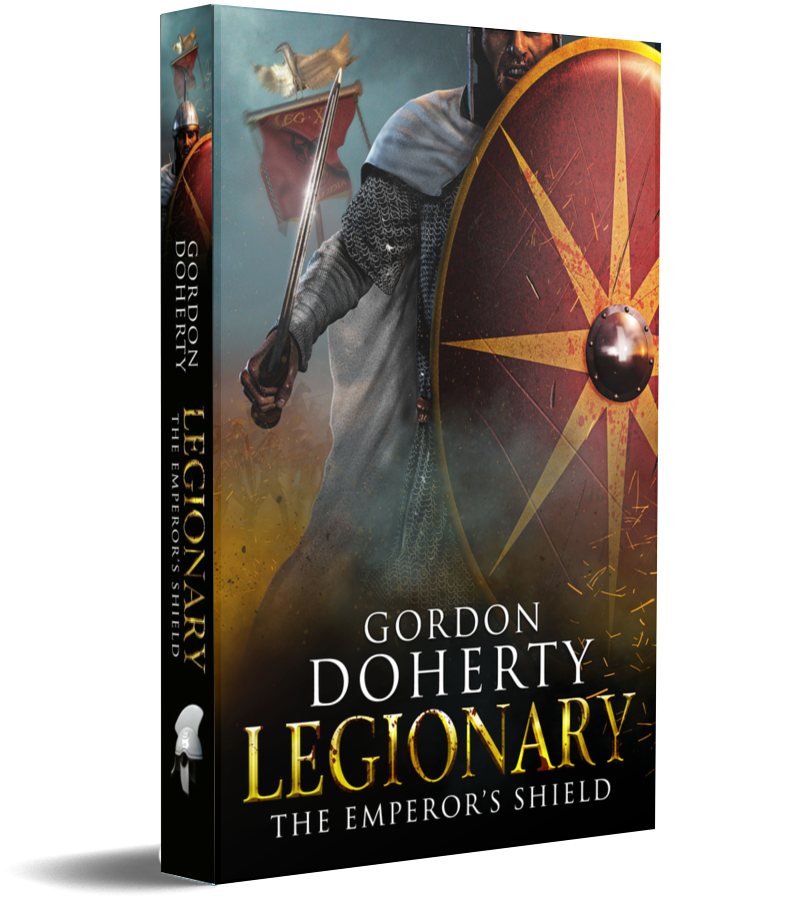
 RSS Feed
RSS Feed